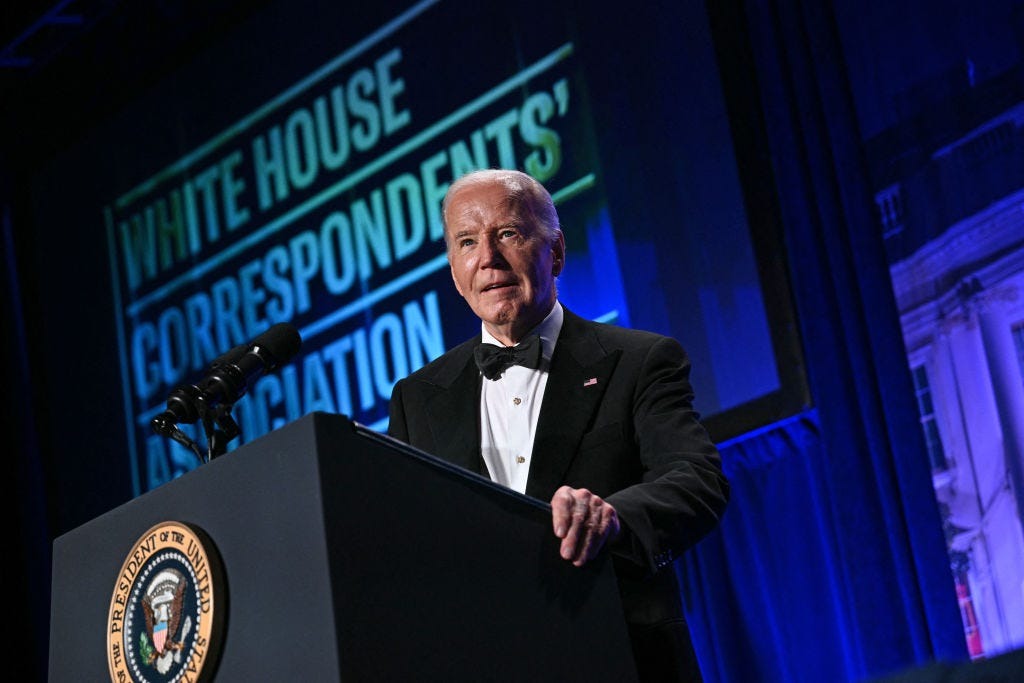The Biden administration has implemented a remarkable rule change that will impact real estate developers seeking government-backed loans for newly built homes. This change raises the standards for energy efficiency in new homes, with the goal of reducing utility bills and promoting affordability while addressing climate concerns.
Under the new rule, homes must meet breakthrough energy codes that increase efficiency to qualify for federal loans from the Department of Housing and Urban Development (HUD) and the U.S. Department of Agriculture (USDA). The Department of Veterans Affairs (VA) is expected to follow suit, although it has its own regulatory timeline.
President Joe Biden (Credits: Vox)
These energy codes are aimed at improving the efficiency of new homes, thereby reducing energy costs and cutting down on climate pollution. By adopting these codes, the government aims to save homeowners and renters money on utility bills while also addressing environmental concerns.
The Biden administration’s decision to adopt these codes coincides with other efforts to combat climate change, such as the Environmental Protection Agency’s limits on power plants’ carbon emissions and new rules requiring federally owned buildings to go electric.
Joe Biden (Credits: The Hill)
While the U.S. does not set building codes on a national level, the adoption of these energy codes by federal agencies sets a precedent for states and municipalities to follow. The new standards are expected to affect at least 140,000 new homes annually and save billions of dollars in energy costs.
Despite challenges from industry groups and changes to the voting process within the International Code Council (ICC), the adoption of these energy codes marks an outstanding step towards promoting energy efficiency in the housing sector.
Advocates hope that federal agencies will continue to prioritize stricter energy codes to benefit homeowners, renters, and the environment alike.
